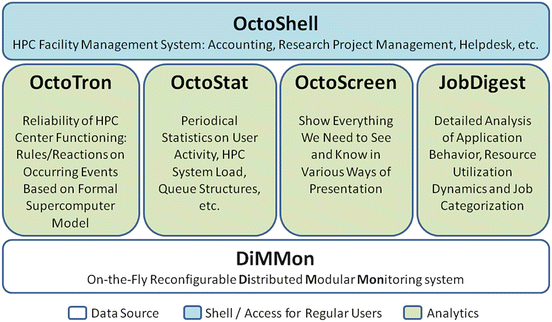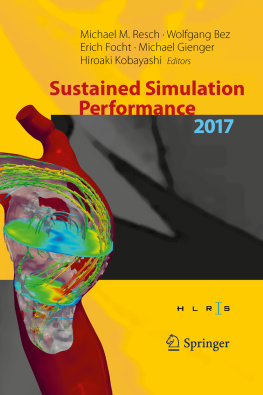coll. - Sustained Simulation Performance 2017
Here you can read online coll. - Sustained Simulation Performance 2017 full text of the book (entire story) in english for free. Download pdf and epub, get meaning, cover and reviews about this ebook. year: 0, publisher: Springer, genre: Home and family. Description of the work, (preface) as well as reviews are available. Best literature library LitArk.com created for fans of good reading and offers a wide selection of genres:
Romance novel
Science fiction
Adventure
Detective
Science
History
Home and family
Prose
Art
Politics
Computer
Non-fiction
Religion
Business
Children
Humor
Choose a favorite category and find really read worthwhile books. Enjoy immersion in the world of imagination, feel the emotions of the characters or learn something new for yourself, make an fascinating discovery.
- Book:Sustained Simulation Performance 2017
- Author:
- Publisher:Springer
- Genre:
- Year:0
- Rating:4 / 5
- Favourites:Add to favourites
- Your mark:
- 80
- 1
- 2
- 3
- 4
- 5
Sustained Simulation Performance 2017: summary, description and annotation
We offer to read an annotation, description, summary or preface (depends on what the author of the book "Sustained Simulation Performance 2017" wrote himself). If you haven't found the necessary information about the book — write in the comments, we will try to find it.
Sustained Simulation Performance 2017 — read online for free the complete book (whole text) full work
Below is the text of the book, divided by pages. System saving the place of the last page read, allows you to conveniently read the book "Sustained Simulation Performance 2017" online for free, without having to search again every time where you left off. Put a bookmark, and you can go to the page where you finished reading at any time.
Font size:
Interval:
Bookmark:
System Management

- On-the-fly analysis : all relevant information should be extracted from the raw data before storing to the database. This helps to greatly reduce the amount of data needed to be stored and ease further data processing.
- In-situ analysis : basic processing of the monitoring data should be performed where it was collected (e.g., on a compute node), only after that it will be sent to the server side. This helps to significantly reduce the amount of data needed to be sent via communication network. Due to the fact that only simple data processing is performed locally (such as simple aggregation or speed calculation), overheads that can affect user job execution on the node are very low.
- Dynamic reconfiguration : Monitoring system must be able to change its configuration (data transmission routes, collection parameters, processing rules) without restarting. Future supercomputers will have much more dynamic nature, so in our opinion this feature of a monitoring system will be highly valuable.
Font size:
Interval:
Bookmark:
Similar books «Sustained Simulation Performance 2017»
Look at similar books to Sustained Simulation Performance 2017. We have selected literature similar in name and meaning in the hope of providing readers with more options to find new, interesting, not yet read works.
Discussion, reviews of the book Sustained Simulation Performance 2017 and just readers' own opinions. Leave your comments, write what you think about the work, its meaning or the main characters. Specify what exactly you liked and what you didn't like, and why you think so.













